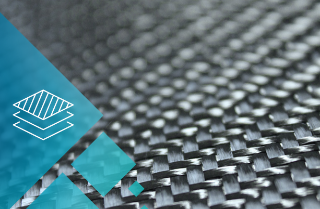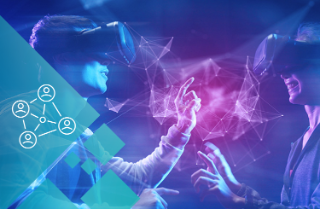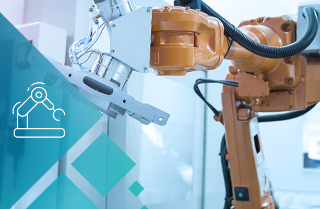Lightweight, durable, and recyclable composite crossarms for high-voltage power lines
The PulFlex project is dedicated to developing a novel process chain for manufacturing curved, continuous fiber-reinforced thermoplastic composites. The aim is to produce a crossbeam made of thermoplastic glass fiber-reinforced plastic (GRP) for high-voltage power lines that is not only lightweight and durable, but also fully recyclable.This involves combining two key technologies: PulBraiding for producing complex fiber architectures and a bending process that enables shaping after production. Implementation is taking place as part of a Eurostars project in an international consortium: CIKONI GmbH (Germany) – project coordination, responsible for simulation and virtual process development. BIRKA COMPOSITES S.L. (Spain) – Application partner specializing in PulBraiding and composite cross-arms for power poles. Fraunhofer IGCV (Germany) – Research partner with expertise in pultrusion, bending, and material characterization.









